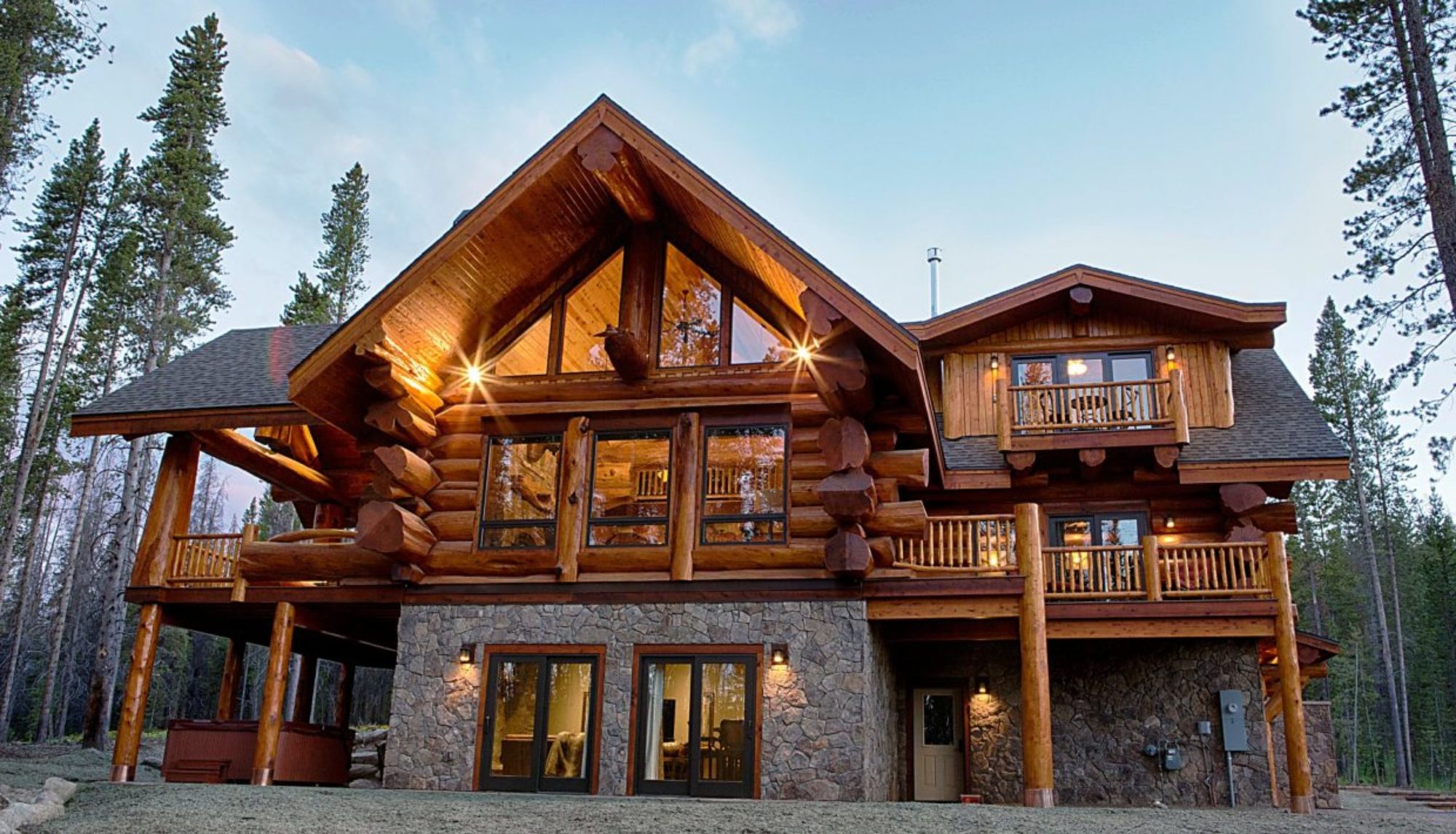Before we delve into the costs of heat pumps and gas furnaces, it’s important to clarify what a heat pump is, how it works, and when it makes the most sense to use it in terms of energy efficiency and cost savings. Let’s dive right in.
If you live in a mild climate where winter temperatures rarely fall below freezing, let along below zero, then your home may be a great candidate for an air source heat exchange pump which can act as a heating source during winter, while acting as a central AC in the summer.
How Does an Air Heat Exchange Pump Work?
Air heat pumps are similar to central air conditioners in that they remove the excess heat from your home (air heat exchange) in the summer, thus making your home feel nice and cool, even when it’s uncomfortably hot outside.
During winter, an air source heat exchange pump works just like an AC but in reverse, by absorbing heat from the outside air and transferring it inside the house. The refrigerant absorbs heat from the air outside, which is then transferred inside your home.
Heat pumps run on electricity, but they are highly energy-efficient at mild and moderately cold temperatures. When it gets too cold. though, the efficiency of a heat pump gets somewhat diminished, making the more traditional gas furnaces more efficient for colder climates.
In terms of costs, all HVAC equipment and installation costs have gone up by anywhere from 25% to 40% percent or more since the beginning of pandemic.
Many HVAC equipment manufacturers like Trane have increased their prices by double digits in the last year alone, and this year will likely be no different.
So, if a home heating and cooling upgrade is something that will be required soon, then making an investment now will help shield you from the ongoing costs increases due to inflation.
Cost of a New Heat Pump vs. Furnace
A heat pump and air handler will cost anywhere from $12,500 to $22,500, depending on the brand, your home’s location, and project specifics. This is a sensible and energy efficient option if you live in place with mild winters and hot summers.
A gas furnace alone will cost anywhere from $5,000 to $8,500 to install. A gas furnace is a sensible option for homeowners who live in colder snowy climates like the Midwest, northeast, eastern Washington, etc.
Some of the places with colder climates also happen to have hot summers. For a year-round comfort, you can opt for a furnace and a central AC split system which will cost between $12,500 and $15,500 for a typical home, not including the cost of ductwork.
A Single-stage vs. Two-stage Heat Pump
A two-stage heat pump means having two available speeds and two levels of output: high and low. Two stage heat pumps offer more efficiency than a single-stage heat-pump.
For about $1,000-$2,000 more in the upfront cost of equipment (depending on the model), you can get a more energy-efficient and longer-lasting unit, as a two-stage heat pump will run on low approximately 65% of the time, meaning it won’t need to work as hard as its single-stage counterpart, saving you money in the process.
Two-stage heat pumps are an excellent choice for hot and humid climates — think Georgia, Florida, Alabama. That said, though, a two-stage heat pump is a great choice for all but the coldest climates.
From the ROI perspective, two-stage heat pumps only make sense if you plan to stay in your home for 10 years or longer, especially if you invest in a premium brand like Lennox, Carrier, or Trane.
How Long Will a Heat Pump Last?
Because a heat pump works year-round, it will typically only last for 15 years. More with the regular ongoing maintenance. A central AC, on the other hand, can last over 20 years with regular ongoing maintenance.
How Long Will a Gas Furnace Last?
With proper installation, and regular ongoing maintenance, a decent quality gas furnace should last 15 to 20 years.
What Other Heating and Cooling Options Do I have?
Another popular and highly-energy efficient option is a ductless mini-split heating and cooling system. Ductless mini-splits don’t require the expensive ductwork to install because, well, they are ductless by design. 😉
So, if there is no pre-existing ductwork in your home, then a ductless mini-split system may be a smart and cost-efficient option to explore.
What is a ductless mini-split heat pump and is it worth the cost?
A ductless mini-split heat pump, as the name implies, is ductless, requiring no ductwork to install. Ductless mini-splits are ridiculously efficient compared to more traditional heating and cooling options like a split system where a central AC is paired with a gas furnace.
Ductless mini-split work for both heating and cooling similar to central heat pumps, the difference is the multi-zone set-up that is characteristic of mini-splits, with no additional duct work requirement.
A typical multi-zone (3 or 4 zones) ductless mini-split system for a typical house may cost anywhere from $10,000 to $15,000, depending on the brand, number of zones, local market dynamics, etc.
For a larger house that requires 5 or more zones, the costs can run up to $15,000 – $20,000, depending on the number of zones and your home’s location.
The savings stemming from not having to put in brand new ductwork in your home can be significant. — That, and the energy savings are two of the main advantages of ductless mini-split heat pumps.
